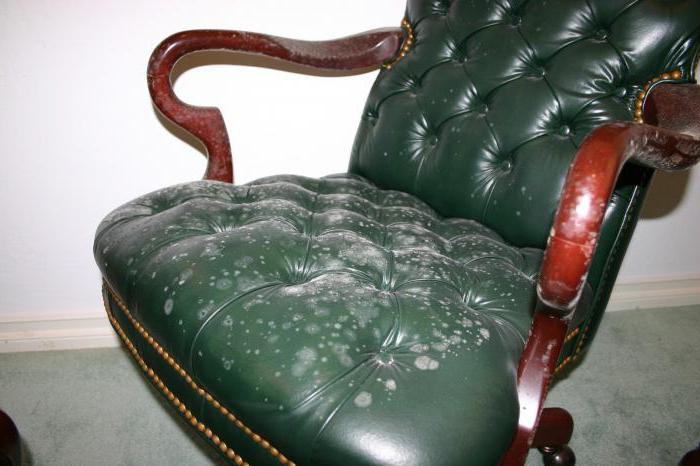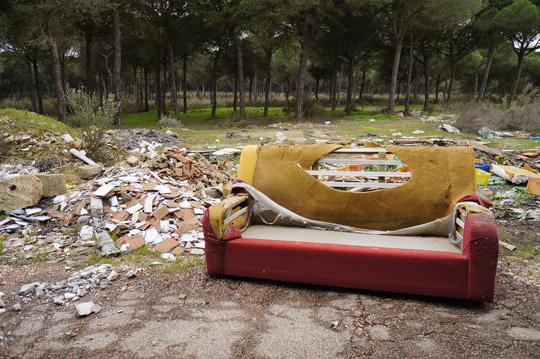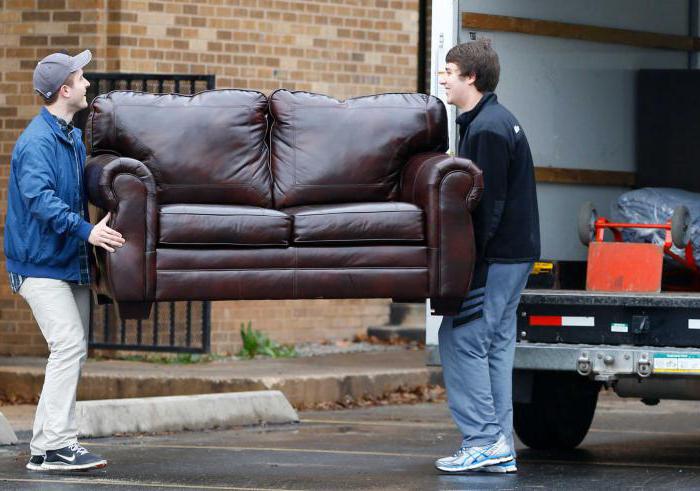One of the most important stages of the examination of the quality of furniture is the process of identifying defects in the appearance of furniture items that are of a production and non-production nature.
The reasons for writing off furniture, regardless of its functional purpose, are, to a large extent, the loss of performance indicators and criteria that mark the continued use of an item being recycled. We will try to understand this issue in more detail.

How is furniture written off?
Write-off (disposal) is a general inspection of office furniture of budgetary organizations for damage, not functionality.
During the inspection, the reasons for writing off the furniture are established, which are supported by evidence - a brief outline of the problems that the commission eventually had to deal with. During disposal, a write-off certificate is drawn up in which the expert commission indicates the area and size of the damaged area (mm).
Common furniture retirement criteria
Basically, when they talk about the disposal of items, they mean items of office furniture. Although this category also includes the situation of public catering enterprises, industrial premises, trading floors, etc.
The main reasons for writing off furniture:
1. Absolute or partial loss of the main operational characteristics:
- breakdown of structural parts of furniture (legs, back, armrests);
- deformation of the seat (for armchairs and chairs) or the working surface;
- breakdown of mechanical parts (accessories);
- weakening or complete sticking of studded joints, the appearance of gaps as a result of this;
- cracking, warping of parts or functional units of furniture items.
2. Unsatisfactory indicators of the appearance of the interior, affecting the reasons for writing off furniture:
- persistent pollution (indelible);
- darkening or destruction of the structure of varnished parts, aging of the film, the appearance of white spots on the varnish coating after contact with hot objects, chemicals, alcohol, acetone or cologne;
- fading, change in the strength level of the upholstery, deformation of the veneer;
- damage to wooden furniture associated with increased humidity in the room: swelling of facades, drawers and other details;
- active corrosion processes;
- damage to the upholstery or facing material of upholstered furniture by mold;
- change in the appearance of the upholstery due to the influence of direct sunlight.

All the factors considered contribute to a process such as writing off furniture. The reasons (examples) given above arise due to active use, and it is not always possible to prevent wear of parts or objects in general.
How and when do they write off upholstered furniture?
In addition to the typical office, upholstered furniture is also write-off. With this procedure, boarding houses, motels, hotels of state or private submission are familiar.
The result of careless or intensive exploitation, negligence in relation to furniture, chairs and sofas that are placed in the halls, guest areas and other common areas of such institutions become unusable. The reasons for writing off upholstered furniture are manifested in the form of upholstery wear, subsidence of springs, cracks and chips on wooden elements.

It is clear that an unaesthetic interior can easily spoil the reputation of an institution, as a result of which the influx of customers can decrease.Therefore, it is advisable to timely inventory and write off damaged items, systematically update the inventory.
Indicators of the feasibility of repair
You already know what are the reasons for writing off furniture. The types of furniture damage are determined by the further actions of the expert commission: complete disposal or organization of repairs. The second is possible only if the repair price does not exceed the purchase price of a new headset or office set (analogues) or is proportional to it.

The final decision on the fate of inventory of interior items is made by an expert commission dealing with such issues.
Write-off (disposal) is a necessary measure caused by the presence of defects, the elimination of which is more expensive than a new set. And since such an expensive repair option is disadvantageous, disposal becomes the only beneficial solution.